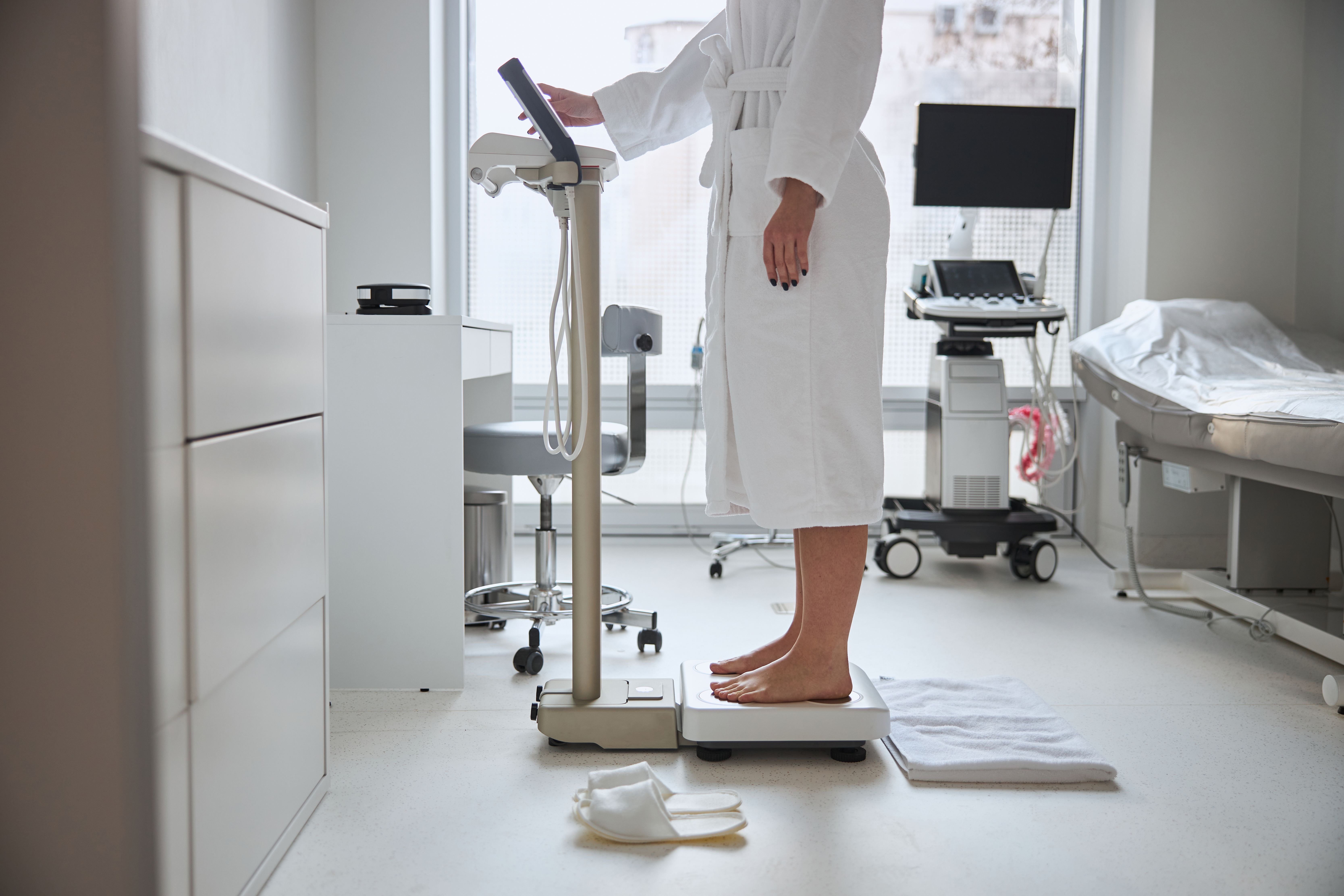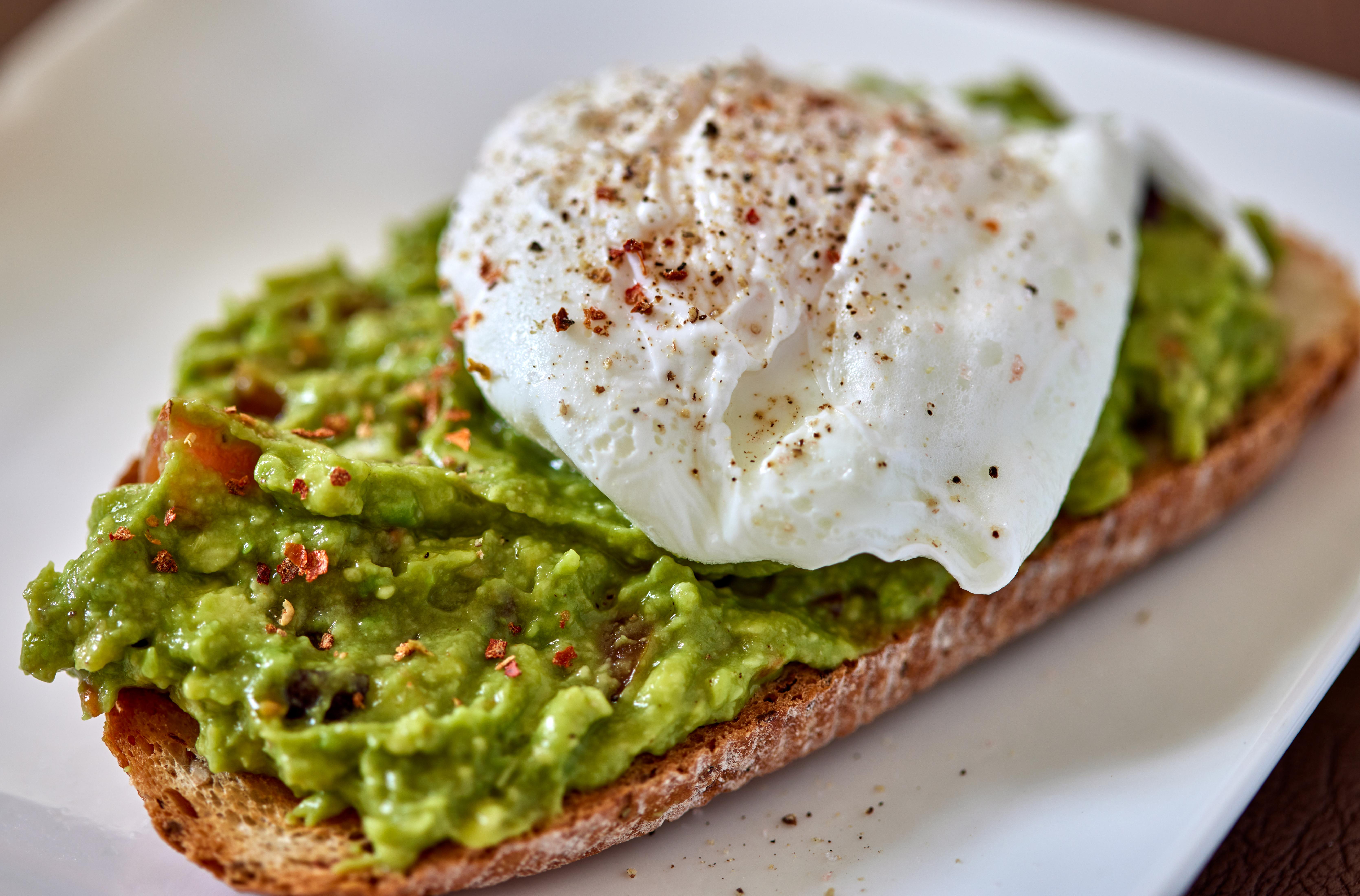21 Simple Strength Moves to Prevent Muscle Loss After 50
What if the true "fountain of youth" wasn't a mythical spring, but rather the empowering clang of weights and the satisfying burn of a well-executed strength move? As we navigate life's chapters, the desire isn't just for more years, but for more vibrant, capable years. The secret often lies in preserving our body's powerhouse: our muscles. After 50, sarcopenia (age-related muscle loss) can quietly begin to sap strength and vitality, but this is far from an irreversible fate! We believe mastering the art of longevity means actively building resilience. That's why we've significantly expanded our guide, now unveiling 21 essential strength moves specifically designed to help you defy muscle loss, boost energy, and stride confidently into your best decades yet. Get ready to discover the exercises that will keep you strong, active, and truly thriving!
1. Understanding Sarcopenia: The Silent Muscle Thief

Sarcopenia, the age-related loss of muscle mass and strength, is a silent yet significant threat to longevity. It typically begins around the age of 30 and accelerates after 50, leading to a decline in physical performance and an increased risk of falls and fractures. The underlying causes of sarcopenia are multifaceted, involving hormonal changes, reduced protein synthesis, and decreased physical activity. Understanding these factors is crucial in developing effective strategies to counteract muscle loss. Research indicates that regular strength training can significantly mitigate the effects of sarcopenia. By engaging in targeted exercises that stimulate muscle growth and enhance neuromuscular function, individuals can maintain their strength and improve their quality of life. This section delves into the science of sarcopenia, highlighting its impact on the aging population and the importance of proactive measures in preserving muscle health.
2. The Role of Nutrition in Muscle Maintenance

Nutrition plays a pivotal role in combating muscle loss and promoting longevity. As we age, our bodies require more protein to maintain muscle mass and repair tissues. A diet rich in high-quality protein sources such as lean meats, fish, eggs, and plant-based proteins is essential. Additionally, adequate intake of vitamins and minerals, particularly vitamin D and calcium, supports bone health and muscle function. Omega-3 fatty acids, found in fish oil, have also been shown to enhance muscle protein synthesis and reduce inflammation. This section explores the nutritional strategies that complement strength training, emphasizing the importance of a balanced diet in supporting muscle health. By understanding the synergistic relationship between nutrition and exercise, individuals can optimize their efforts to maintain strength and vitality as they age.
